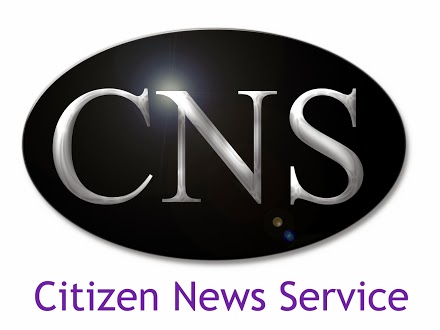Interdependence is as important for human society as self-sufficiency is. Dr Ishwar Gilada is a strong believer that competence, capacity and resources exist within the country to #endAIDS. We just need to be bold and honest enough to make appropriate transformative changes to consolidate and build upon domestic strengths in the fight against AIDS.
Several evidence-based methods to prevent, test and treat or care for PLHIV remain under-utilized. For example, use of male condoms is appallingly low across the country; programmatic introduction of female condoms (US FDA approved it in 1993) in India has been abysmal; we are yet to test and treat almost one-third of the estimated PLHIV in the country; we are still not letting latest HIV science to inform our policies (for example we still use outdated CD4 cell cut-off point to put people on antiretroviral therapy); treatment as prevention or pre-exposure prophylaxis (PrEP) remains to be a reality on the ground; and parent-to-child transmission of HIV is yet to be eliminated. These are some of the indicators, which point towards the long winding way ahead of us to #endAIDS by 2030.
"The government must realize we do not have to stand in a beggars' queue. Why do we need international support when resources from within the nation can help suffice? Black money, for instance, can be a good resource to fund domestic healthcare. We also need to realize that development aid often comes with strings of 'low-cost loans'. Even if the interest may seem very low, say 4%, if we factor in inflation, the deal turns out to be an expensive one. If we have taken loan in dollars, then we have to pay back in dollars too and dollar inflation is even more expensive," said Dr Gilada.
"Today HIV programme in India is largely domestically funded but becomes challenging as we have not made contingency arrangements. Those who cannot afford the medicines should get them for free; those who can partially afford to pay should get it at subsidized rates; and those who can pay should be asked to pay and to subsidize others' costs. The infrastructure and human resource is there too. Cost of medicines, CD4-testing kits, viral-load machines etc can be recovered from within the nation. We also need to prioritise health financing and rechannelise resources where possible," said Dr Gilada.
No excuse not to optimally utilize public-health facilities
Indian public-health system has an extensive network of 150,000 sub-primary health centres; 25000 primary-health centres, and 5000 community-health centres in addition to district hospitals and tertiary level super-speciality hospitals, institutes, medical colleges and affiliated hospitals. But are we fully utilizing this vast public-health infrastructure?
"We have to fully and optimally utilize our existing healthcare facilities and resources. We often find that the outdoor patients' departments (OPDs) in government health centres run from morning to early afternoon for about 4 hours. Why cannot we run these facilities for 12-16 hours? Often we find drug stock-outs or supply chain management issues or delayed payments to staff or under-paid staff negatively impacting the outcomes. Cobwebs or ill-maintained infrastructure in government centres are not uncommon. Why cannot we honestly do our work with integrity, make partnerships work efficiently and keep the premises presentable?" rightly questions Dr Gilada.
Two orphans together are brothers!
(Note: You can view every article as one long page if you sign up as an Advocate Member, or higher).





